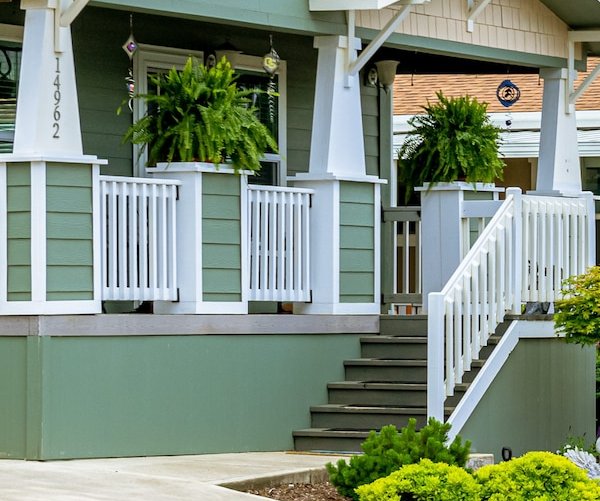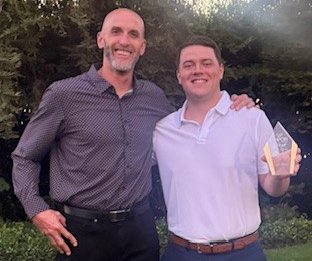Today there are four households on the northwest corner of Davis Street and Walnut Avenue next door to the Manteca DMV office.
But if all goes as planned, in several years there could be six times the number of households in 24 apartments, a 1,924 square-foot market, plus 1,900 square feet of office space.
The project that cleared its final hurdle last month addresses two somewhat abstract municipal policies for smart growth.
Smart growth basically means making the community more livable while encouraging development that slows down the conversion of farmland.
They are “abstract” in the sense it does not involve a large swath of basically undeveloped land where cookie-cutter-style projects can take place.
Infill projects are also somewhat elusive because of their scale.
Due to involving significantly smaller parcels that need projects that work in concert with existing development that surrounds it, they do not attract larger development concerns.
As such, they do not have a large enough potential “payday” to get a lot of attention from bigger players.
That said, they can work for what might be called “mom and pop” developers who may build a single house, a duplex, a small apartment complex, and similar endeavors.
Infill doesn’t simply refer
to just using vacant parcels
Manteca is doing what it can to encourage infill.
The reason is simple.
It helps compete and/or improve urbanization of older segments of the community.
And when it does, it helps maximize the use of expensive infrastructure and services that helps lower long-term city costs, strengthens economic opportunities for nearby businesses, and adds to the tax base.
When you say “infill”, many people assume it is reference to vacant lots or parcels.
But in the world of California planning, it also means redeveloping property by replacing existing uses with high density uses.
The neighborhood market/apartment complex addresses increased density while adding an element — the market — to increase the walkability of the existing neighborhood as it is within walking distance of a number of homes.
Manteca leaders added
enticement to encourage
more infill endeavors
Twenty-two months ago, the Manteca City Council reduced five growth-related fees through June 30, 2025 to make it more economical to pursue infill development in the central city.
It involves a:
*50 percent reduction for government building facilities fees.
*75 percent reduction for Public Facilities Implementation Plan transportation fee, park acquisition fee, and park in-lieu fee.
*100 percent reduction in the long range planning fee.
The fee reduction applies to sites less than 5 acres.
And if there are non-residential uses, they must be less than 50,000 square feet.
Combined together, the temporary incentive can reduce the cost of required city fees by 25 percent.
Given they can easily be in excess of $40,000 for a single housing unit, it is a significant reduction.
The so-called “infill opportunity zone” generally is bordered by Louise Avenue on the north, Union Road on the west, Wawona Street with a jog at Main to Industrial Park Drive on the south, and Garfield Avenue with a jog to North Fremont with a jog from Edison to Garden Gate Drive on the east.
It is as an area that is generally developed but still contains some areas of vacant or underutilized parcels that could be redeveloped and benefit the city and residents.
The age of most structures within this area is over 50 years old, with many not seeing significant rehabilitation during that time.
City staff notes vacant parcels often depress surrounding property values and often attract crime, homeless camps, and other social issues.
To contact Dennis Wyatt, email dwyatt@mantecabulletin.com






